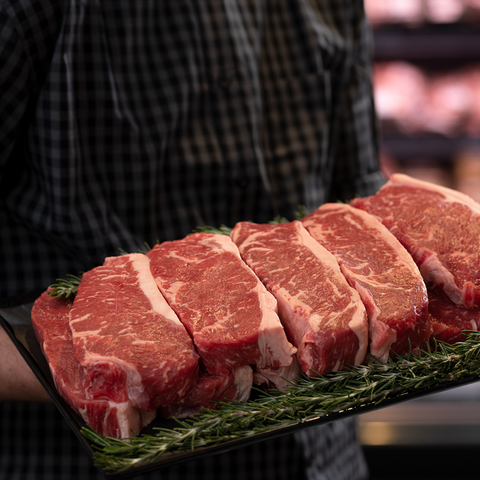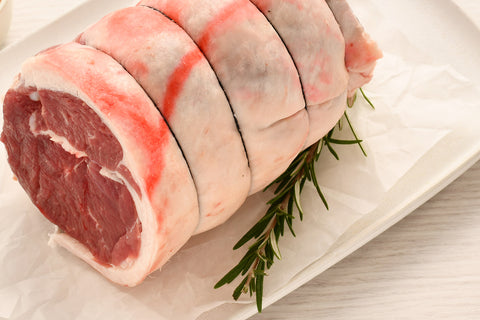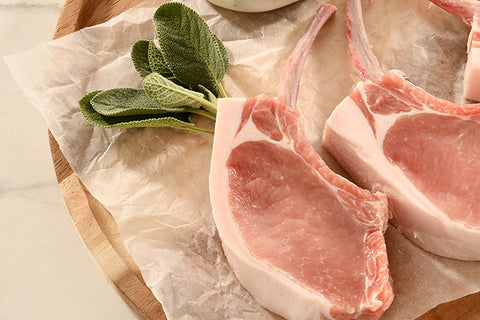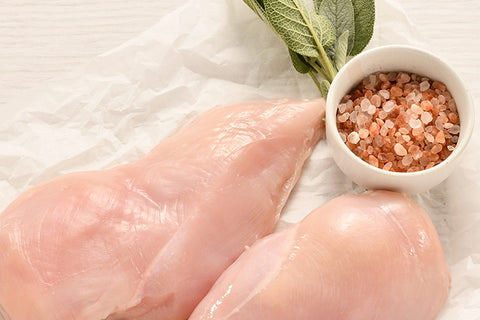A hearty beef stew is both a tasty and affordable dinner option. Stews come under the umbrella of slow cooked beef dishes and as such any beef cut that shines in slow cooking will work well. This is the time to use a cheaper cut as while they are tougher, they turn into melt-in-your-mouth pieces of beef once cooked over a longer period of time.
Collagen is the key
When choosing a cut of beef for your stew recipe, you want to look for collagen-rich beef, which comes from the harder working parts of the animal. Stronger muscles may have less fat but they have high levels of connective tissue, which results in the collagen.
It is easy to fall into the trap that tender is always better, but when cooked over an extended period of time, the fat in tender cuts will melt away too quickly, turning the meat firm and chewy.
Collagen is tough when raw, but the cooking process and the combination of time, low heat and fluid will break down the connective tissues, including the protein collagen, which would otherwise make the meat tough when cooked quickly. The collagen will then melt into gelatin, which is what gives you a moist and tender piece of meat. Added bonus: this gelatin not only releases into the meat itself, but seeps into the sauce, giving it a deep flavour and body.
Go for the chuck
The most common beef used for stew is chuck steak, also known as gravy beef or braising steak.
Beef chuck comes from the forequarter of the animal consisting of parts of the neck, shoulder blade and upper arm. It is easy to find and it’s affordable, making it a great choice for your stew. Chuck has high levels of connective tissue and as such will become moist as it releases high levels of gelatin. In addition to the connective tissue, it has a good amount of marbling and low external fat.
How to cook a beef stew
When cooking your stew it’s important to brown and caramelise the meat first. This will create added depth and flavour to the whole stew. You’ll want to brown the beef and then make the stew in the same pan, without cleaning it.
When browning the beef, sear in batches and don’t overcrowd the pan. This technique will give each piece enough space to perfectly caramelise and you won’t accidentally steam the meat.
Once you’ve added all of your ingredients, you’ll want to simmer the stew at a low heat for two to three hours. Give it a taste-test at the two-hour mark and if the meat isn’t tender enough just extend the cook time until the meat is falling apart. If you’re bulking up the dish with vegetables, we recommend saving them to add towards the end of the cook so they don’t get overly soft.
To make a healthier stew you can skim the fat off the top before serving, or if you’ve made a batch in advance wait until the stew cools in the fridge, which will cause the fat on the top to harden, making it much easier to get off.






